Why Are All eDNA Folks Paranoid?
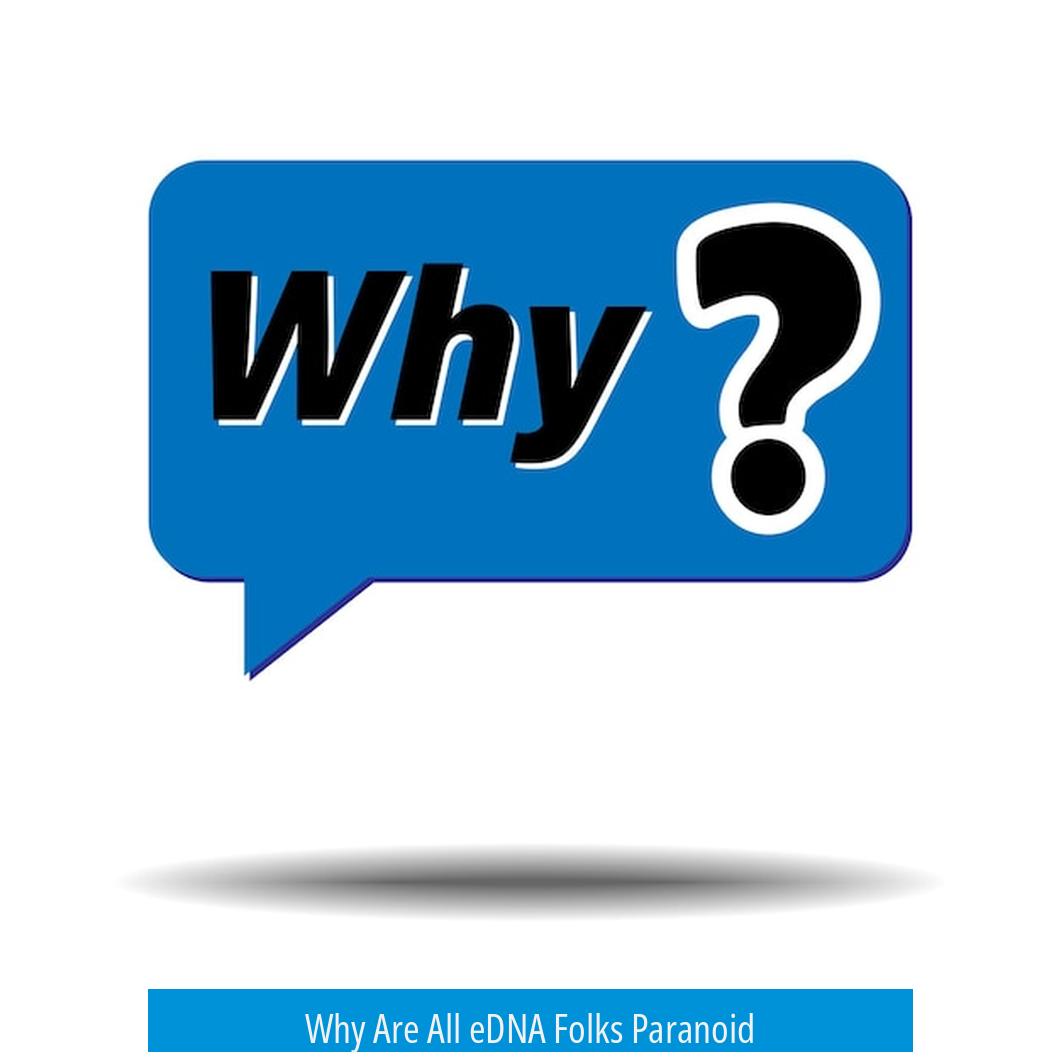
Environmental DNA (eDNA) researchers tend to exhibit high levels of caution due to the pervasive risk of contamination, the sensitivity of detection methods, and the critical need for strict protocols in workflows. This vigilance arises from the potential for cross-contamination, methodological challenges, and the delicate nature of sample processing.
Contamination Risks in eDNA Workflows
One major reason for paranoia among eDNA researchers is contamination. Airborne eDNA in laboratories serves as a source of unwanted DNA fragments. These can easily cross-contaminate samples, skewing results. Such contamination is especially problematic in PCR (Polymerase Chain Reaction) workflows, where even trace amounts of contaminant DNA can generate false positives.
PCR cross-contamination remains a significant concern. It is often under-addressed despite its impact on data reliability. Consequently, researchers adopt strict contamination controls to prevent DNA from other sources entering their samples.
Use of Protocols to Mitigate Contamination
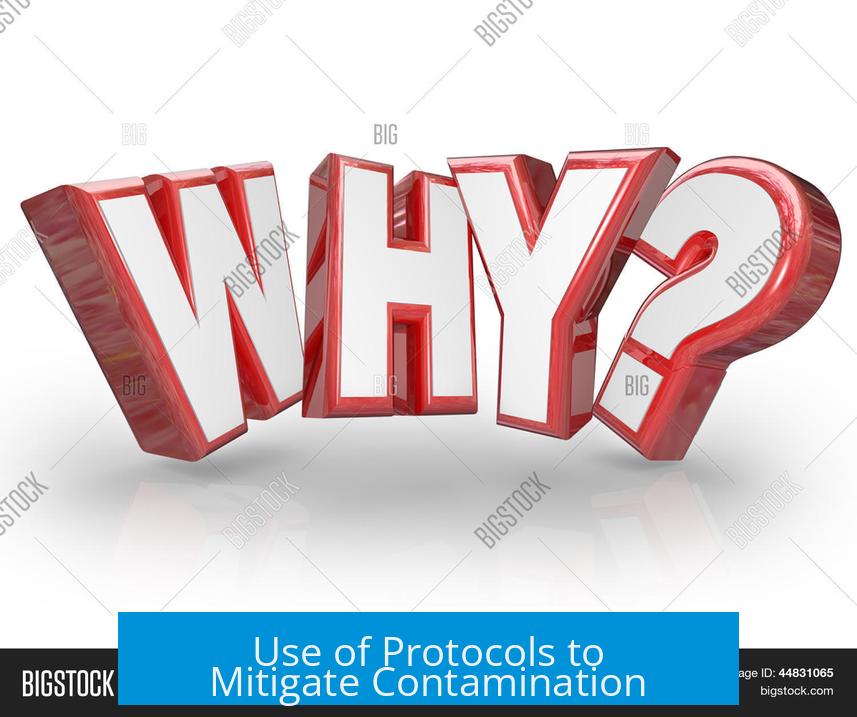
eDNA experts rely heavily on detailed protocols to minimize contamination risks. These include rigorous extraction methods and laboratory practices designed to reduce DNA carryover. Common questions among peers involve which extraction protocols are used and threshold concentrations needed for reliable results.
Discussion around protocol standardization is frequent. Variations in extraction, handling, and PCR setup can influence sensitivity and specificity. Therefore, sharing and improving protocols is essential to maintain confidence in eDNA outcomes.
Technical Sensitivity and Analytical Considerations
eDNA techniques often use qPCR or next-generation sequencing (NGS), both highly sensitive detection methods. Researchers must optimize minimum DNA concentrations for reliable PCR hits. This sensitivity means even minor contamination issues carry a risk of false detections.
The technical complexity of eDNA analysis demands vigilance throughout sample collection, DNA extraction, amplification, and detection. Researchers’ cautious attitude reflects the effort to uphold scientific rigor and data integrity.
Key Takeaways

- eDNA research involves a high risk of cross-contamination from airborne DNA and lab sources.
- Strict protocols and contamination controls are essential to ensure reliable results.
- High sensitivity of PCR and sequencing techniques demands careful sample handling.
- Ongoing discussion about best practices improves protocol consistency and data quality.
Why Are All eDNA Folks Paranoid? Unpacking the Reasons Behind the Vigilance
Why are all eDNA folks paranoid? Because the tiniest stray speck of DNA can confuse their entire experiment, and their methods are so sensitive that contamination isn’t just a nuisance—it’s a deal-breaker.
If you’ve ever wondered why scientists working with environmental DNA (eDNA) seem to approach their work with the wariness of a cat in a room full of rocking chairs, you’re about to get an insider tour. Their “paranoia” isn’t just some quirky personality trait; it’s borne from the scientific truth that eDNA work can be easily derailed by contamination. They don’t just expect it—they dread it.
Contamination: The Invisible Menace in eDNA Labs

Imagine this: you’re trying to catch a whisper in a hurricane. That’s what eDNA researchers face every day. eDNA is DNA collected from environmental samples like water, soil, or air—not from the organism itself. It’s like tracing an animal’s shadow without ever seeing the animal.
But here’s the kicker: the air in the laboratory contains eDNA. Yes, there are invisible genetic crumbs floating around that can sneak into samples and cause havoc. This is not a Hollywood sci-fi plot. It’s real life. In a lab, cross-contamination from airborne eDNA is a constant threat. It’s like pollen on a sneeze—it spreads wildly and sticks where it shouldn’t.
Also, PCR (polymerase chain reaction)—the amplification process that powers most eDNA assays—is notoriously sensitive. PCR can pick up DNA from the tiniest contaminant. If a single molecule from a different species or sample finds its way in, the test can turn positive when it should be negative. This is why PCR cross-contamination is a “huge problem” that many underestimate. eDNA researchers obsess over keeping these errors at bay because one false positive can send their results down a rabbit hole.
Protocols: Guardians of Accurate eDNA Results
Every bit of paranoia you see in eDNA folks has protocols trying to tame it. These protocols govern everything from sample collection to DNA extraction and the PCR process itself. They’re like the script to protect the storyline of eDNA data.
For instance, extraction protocols are critical. Different labs use various methods, with each method having its own sensitivity threshold. Researchers often ask questions like, “What extraction protocol do you use?” or “What are the minimum DNA concentrations needed for reliable PCR hits?” These aren’t small talk—they’re crucial for interpreting results correctly.
Imagine trying to read a faint, blurred message through a fogged lens—that’s what happens if DNA extraction isn’t done properly or if the sample is too dilute. Protocols help clear that lens, ensuring the extracted eDNA is pure enough to trust.
What about labs that skip some steps? They quickly face pushback from the eDNA community. “What protocols do they ask for that you don’t currently implement?” is a common question directed at those cutting corners. It’s like skipping checkpoints in a security system; eventually, something sneaks through, causing problems.
The Technical Sensitivity Factor

eDNA analysis doesn’t just rely on any PCR technique. It often uses more advanced methods like qPCR (quantitative PCR) or NGS (Next-Generation Sequencing) to detect and identify DNA sequences precisely.
Choosing which to use depends on the study’s goals. Some researchers want to quantify the exact amount of DNA present, making qPCR their go-to. Others want detailed species information and prefer NGS sequencing. Both methods require incredibly sensitive detection thresholds.
That’s where minimum concentration questions come back. “What kind of min concentrations do you play with for reliable PCR hits?” isn’t a trivial inquiry. It reflects the balancing act every eDNA scientist faces—too low a concentration might mean missing the species altogether. Too high, and contamination noise could drown out the real signal.
The Result? Paranoia, But for Good Reason
The paranoia we see in eDNA professionals is practically a job requirement. With sequencing costs dropping, and methods getting more sensitive, the temptation to overinterpret minor signals is huge.
But with great sensitivity comes great responsibility. Being meticulous—checking protocols rigorously, maintaining clean lab air, carefully controlling PCR setups—helps avoid costly mistakes. After all, a false positive suggesting a rare species was in a location where it never was could misdirect conservation efforts for years.
One eDNA researcher described it this way: “You’re trying to listen for a needle in a gigantic haystack, but if someone sneezes nearby, you might think the needle moved.” This vigilance might seem like paranoia, but it is applied wisdom shaped by many failed and confusing results.
So, Should We Worry or Embrace Their Caution?
If you’re stepping into the world of eDNA, a little paranoia isn’t just healthy—it’s essential. It embodies a mindset focused on quality and trustworthiness. For the rest of us cheering from the sidelines, it means we get more reliable data about the environment, species presence, and biodiversity.
Next time you hear an eDNA scientist stressing about protocols or obsessively cleaning the lab, remember: they’re not paranoid—they’re precise. Their caution protects the power and promise of eDNA, turning tiny genetic clues into clear ecological stories.
So, why are all eDNA folks paranoid? Because in their world, a little paranoia keeps the science honest and the discoveries real.
Why is contamination such a big concern for eDNA researchers?
eDNA samples can easily get contaminated from the air or lab surfaces. Even tiny contamination can cause false results, making it hard to trust data.
What protocols help reduce contamination in eDNA workflows?
Strict lab protocols like using clean equipment and careful handling are key. Researchers often ask about extraction methods and minimum DNA concentrations to ensure reliable PCR results.
How does the sensitivity of eDNA analyses affect paranoia?
eDNA methods like qPCR or NGS are very sensitive. This means even minute contamination or errors can skew results, so researchers stay cautious to avoid mistakes.
Why do eDNA experts focus so much on PCR cross-contamination?
PCR amplifies tiny DNA amounts. If contaminated, it multiplies wrong DNA, causing misleading data. Managing this risk is critical in eDNA studies.


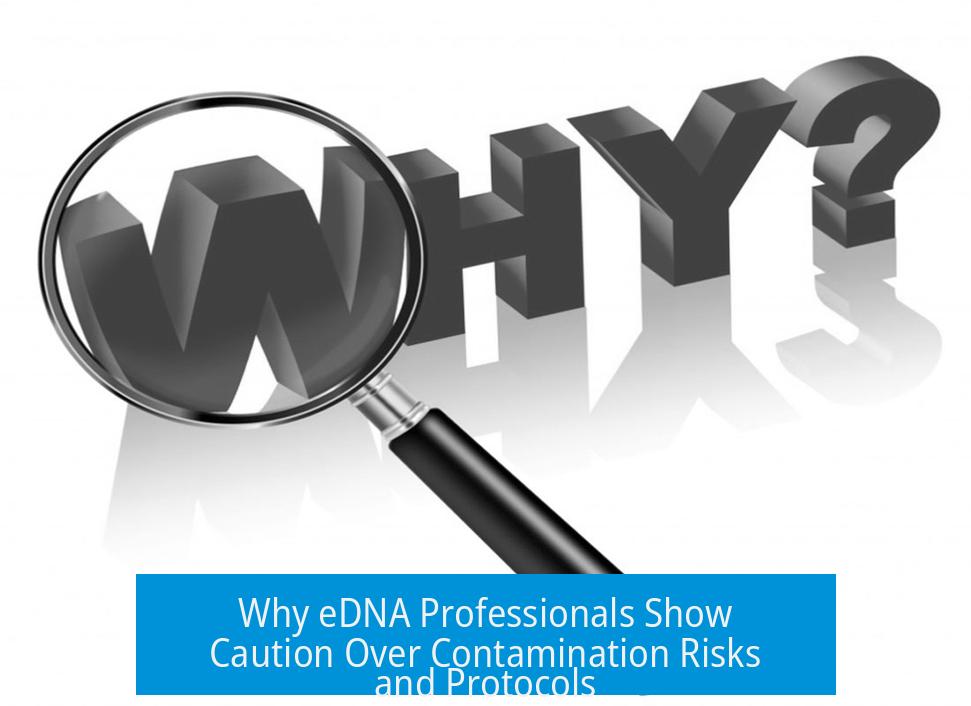
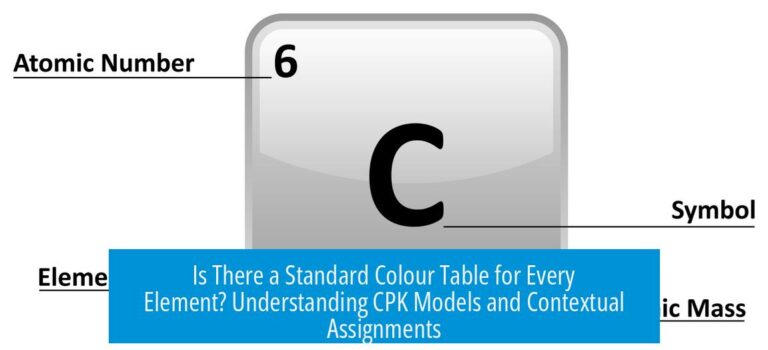
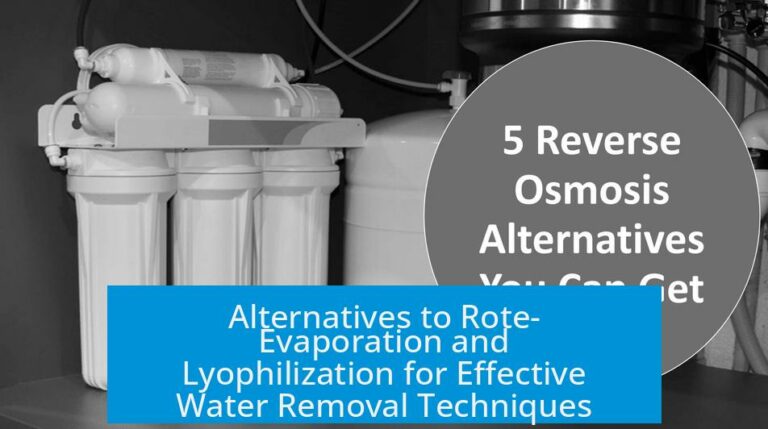
Leave a Comment